Overview of Smart Failure Predicted on Hard Disk 0, 2, 4 Issue
"Recently, every time when I start my Dell laptop which runs Windows 7, it shows the error message: "Smart Failure Predicted on Hard Disk 0 : ST9640320AS - (S1)". But the Windows 7 boots normally and everything still works Well. So, what does it mean? What caused the error?"
What Is a Smart Failure
When getting 'Smart Failure Predicted on Hard Disk' error message, you may first ask what smart failure is. Here we will give you the answer. SMART (Self-Monitoring, Analysis, and Reporting Technology) is a self-diagnostic utility that is built into a hard drive (HDD) and solid-state drive (SSD) to continuously monitors drive condition such as performance and error rates and reports the results to the system. It uses a technology known as predictive failure analysis to tell you failure on the hard disk is imminent, not an actual failure.
Reasons and Common Cases
A 'Smart Failure Predicted on Hard Disk' error message usually comes with WARNING: IMMEDIATELY back up your data and replace your hard disk drive. A failure may be imminent. Press F1 to Continue.
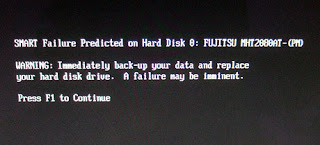
It usually appears on Dell laptop, Sony Vaio, Lenovo ThinkPad and many other devices in Windows 7, 10 due to excessive bad sectors, shock, overheating, not defragmenting if your disk is almost full, wrong shutdown, etc.
How to fix or disable Smart Failure Predicted on Hard Disk on 0, 2, 4
'Smart Failure Predicted on Hard Disk' error suggests the hard disk in your computer will be dead soon, maybe in several days, in one week or in one month even it is not yet right now. So, you'd better repair smart hard drive failure issue as soon as possible just in case the possible disasters following the unexpected hard disk failure.
1. Back Up Data Before Repairing Smart Hard Drive Failure Issue
Download and launch EaseUS backup software. Choose the right backup option.
Secure Download
Step 1. Start with selecting the backup contents.

Step 2. There are four backup categories, File, Disk, OS, and Mail, click Disk.

Step 3. It is available to back up a whole disk or a certain partition. Choose the one you need and click OK.
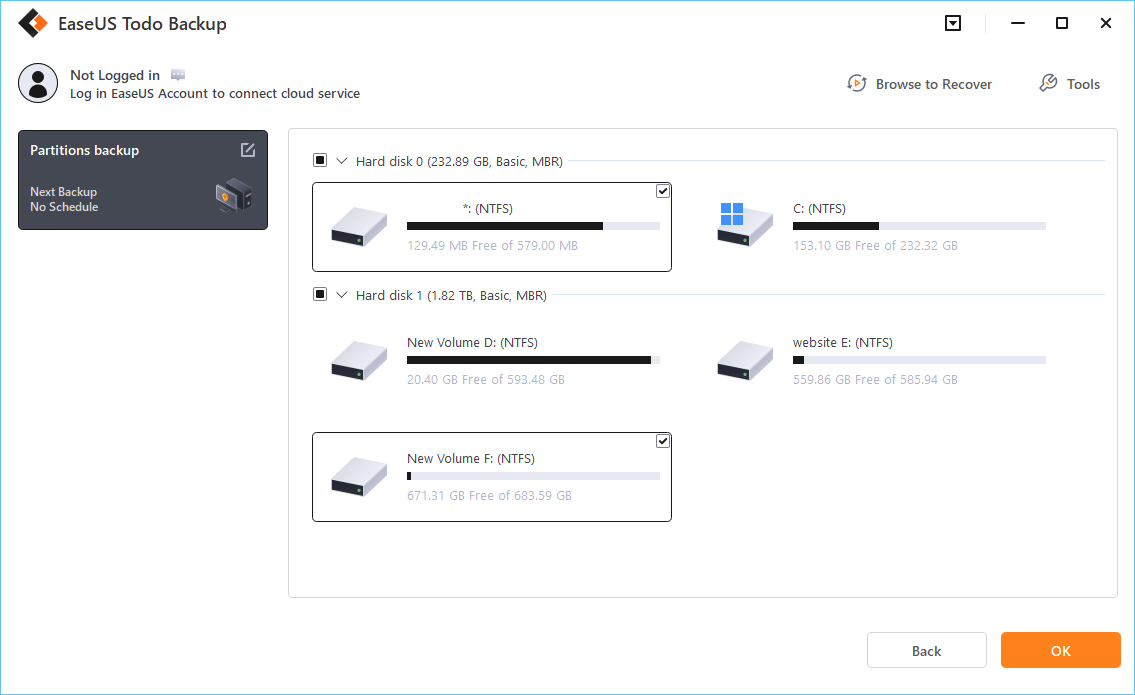
Step 4. Select the destination where you want to save the backup.
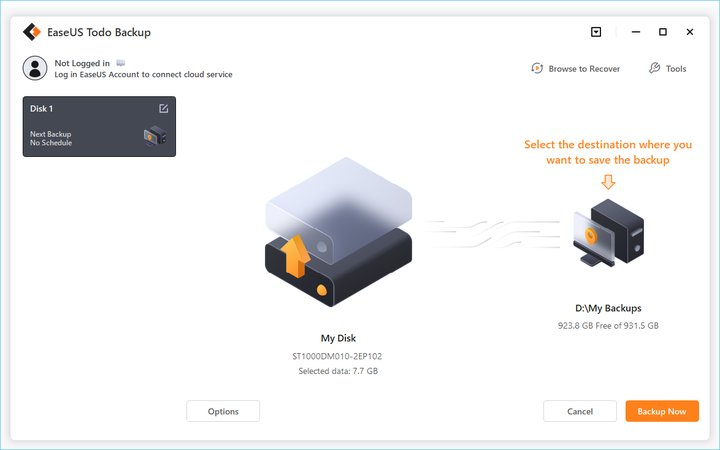
Step 5. For disk/partition backup, you can choose to save the backup to local drive or to NAS.

Step 6. After the backup process is completed, your task will be displayed at the left. Right-click any one of the task, you can further manage your backup such as recover it, create incremental backup, etc.
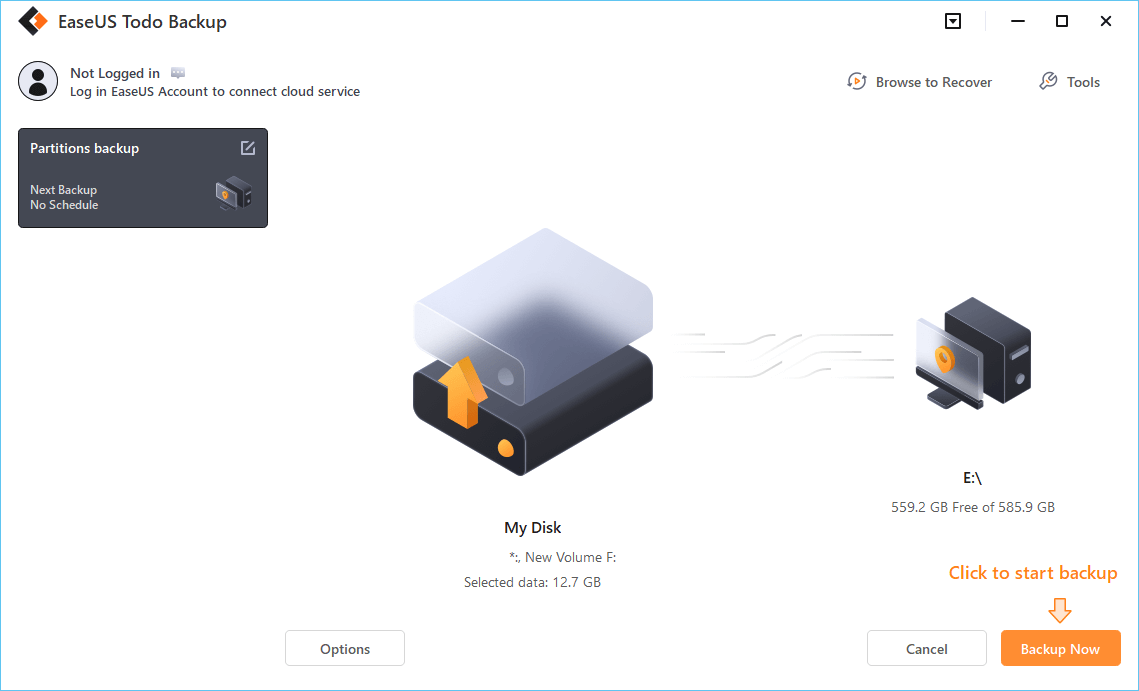
The program also allows you to clone disk in Windows 10. In this case, you can move to a new hard disk without Windows installation. It will save you all the tedious work to manually fix Smart Failure Predicted on Hard Disk on 0, 2, 4 issue.
2. Fix/Disable Smart Failure Predicted on Hard Disk
There are two ways you can apply.
Method 1. Check and Fix Bad Sectors
Step 1. In Windows 7, click "Start" -> "Computer", in Windows 10, click "File Explore".
Step 2. Right click on any one partition on the hard disk with SMART failure error.
Step 3. Select "Properties" -> "Tools" and hit "Check now" under the "Error-checking".
Step 4. Enable the "Automatically fix file system errors" and "Scan for and attempt recovery or bad sectors" options.
Step 5. Click on "Start" to begin the process.
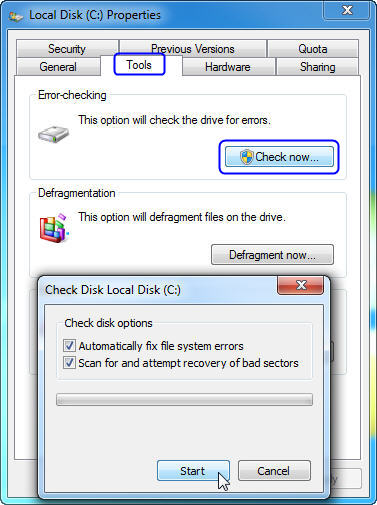
If you check the partition that contains your Windows 7 or Windows 10 installation, you will be prompted to schedule disk check after the restart.
Fix File System Error with Third-Party Tool
Download EaseUS CleanGenius and install it on your computer. Let's start checking and refixing file system error on your device now.
Step 1. Click "File Showing" to enter the next step.
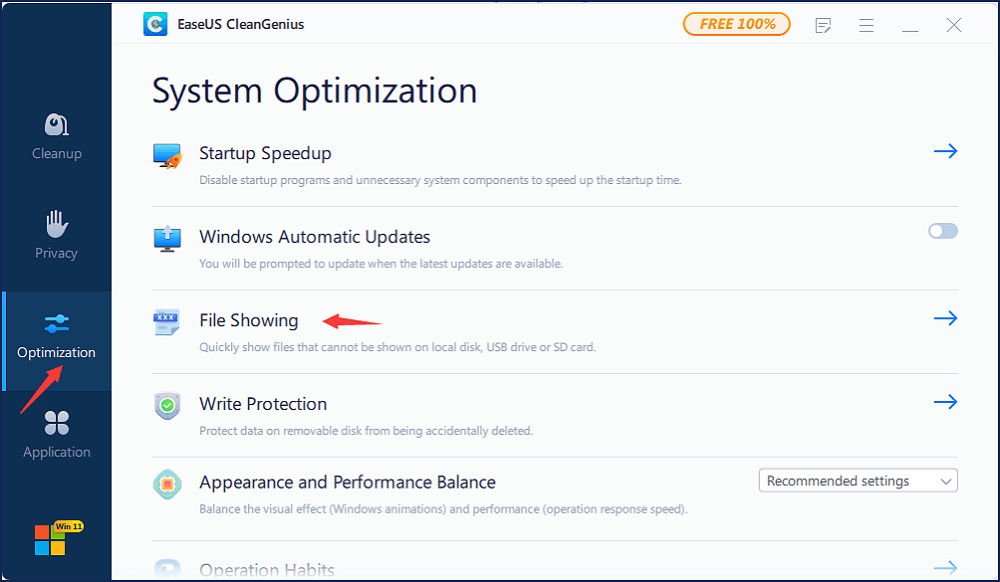
Step 2. Choose the target device and tick the box of "Check and fix file system error". Click "Execute" to start fixing the problematic device.
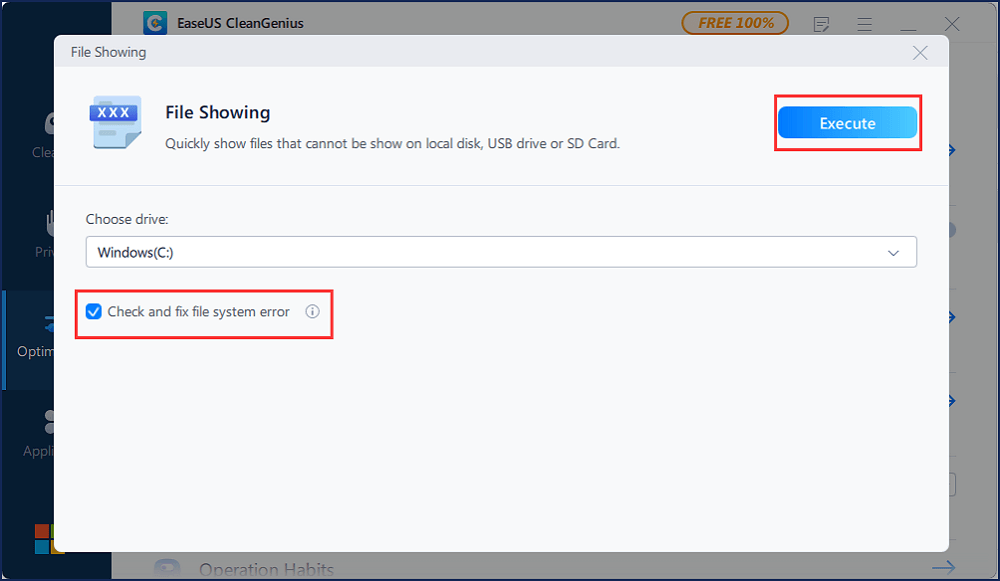
Step 3. When the fixing process completes, click "here" to open and use your device.
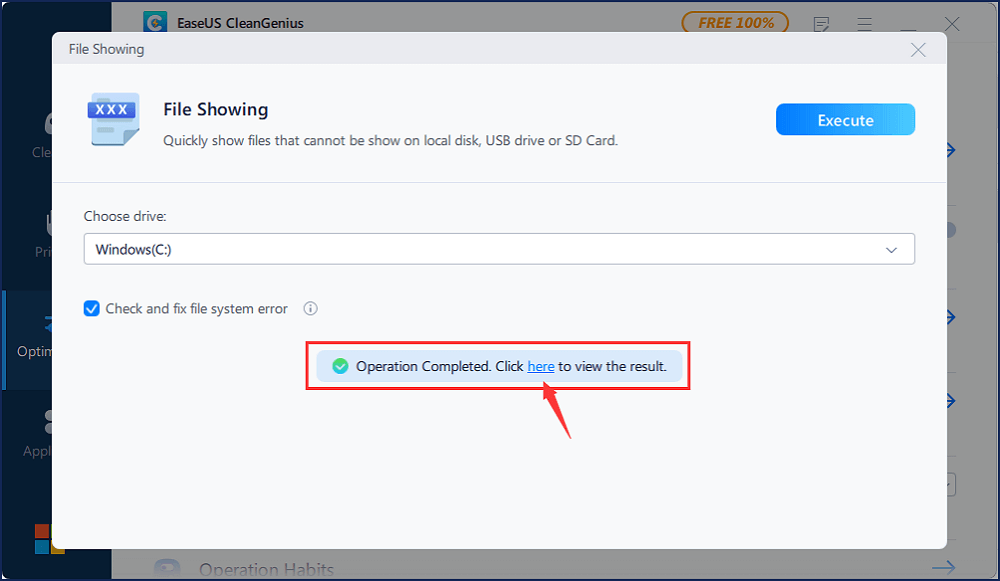
Method 2. Defragment Disk
It is common that a SMART hard drive failure warning is according to disk fragmentation, and can sometimes be repaired by defragmenting disk.
Step 1. Click the "Start" button.
Step 2. In the search box, type Disk Defragmenter and then select "Disk Defragmenter" in the list of results.
Step 3. Select the drive you want to defragment and click "Defragment Disk".
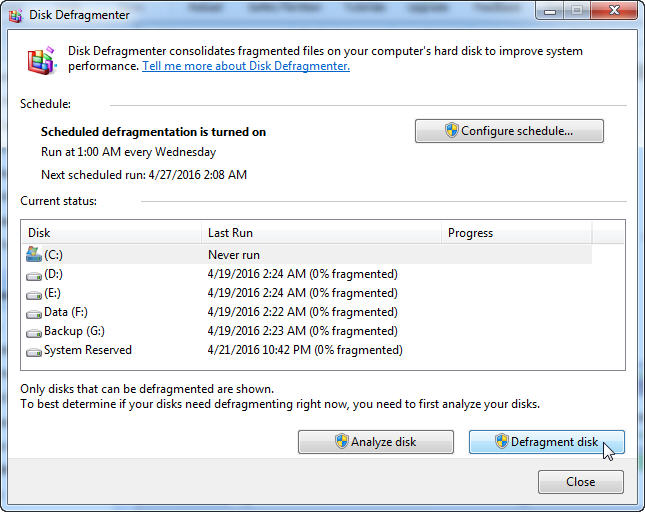
These are all the possible solutions that might help to fix or disable Smart Failure Predicted on Hard Disk on 0, 2, 4 issue. Try them one by one to repair smart hard drive failure when the issue occurs on Dell laptop, Sony Vaio, Lenovo ThinkPad and other devices in Windows 7, 10 with ease.
Was This Page Helpful?
Daisy is the Senior editor of the writing team for EaseUS. She has been working at EaseUS for over ten years, starting as a technical writer and moving on to being a team leader of the content group. As a professional author for over ten years, she writes a lot to help people overcome their tech troubles.
Written by Tracy King
Tracy became a member of the EaseUS content team in 2013. Being a technical writer for over 10 years, she is enthusiastic about sharing tips to assist readers in resolving complex issues in disk management, file transfer, PC & Mac performance optimization, etc., like an expert.
Related Articles
-
5 methods-Windows Did Not Detect a Properly Installed Network Adapter
![author icon]() Daisy/2024-01-11
Daisy/2024-01-11 -
How to Use HP USB Format Tool? [2024 Final Guide]
![author icon]() Cici/2024-11-27
Cici/2024-11-27 -
SSD Temperature Range: Everything You Should Know
![author icon]() Cici/2024-11-27
Cici/2024-11-27 -
8 Ways to Fix Windows 10 Error Code 0xC000000F in 2024
![author icon]() Brithny/2024-11-27
Brithny/2024-11-27
EaseUS Data Recovery Services
EaseUS data recovery experts have uneaqualed expertise to repair disks/systems and salvage data from all devices like RAID, HDD, SSD, USB, etc.
